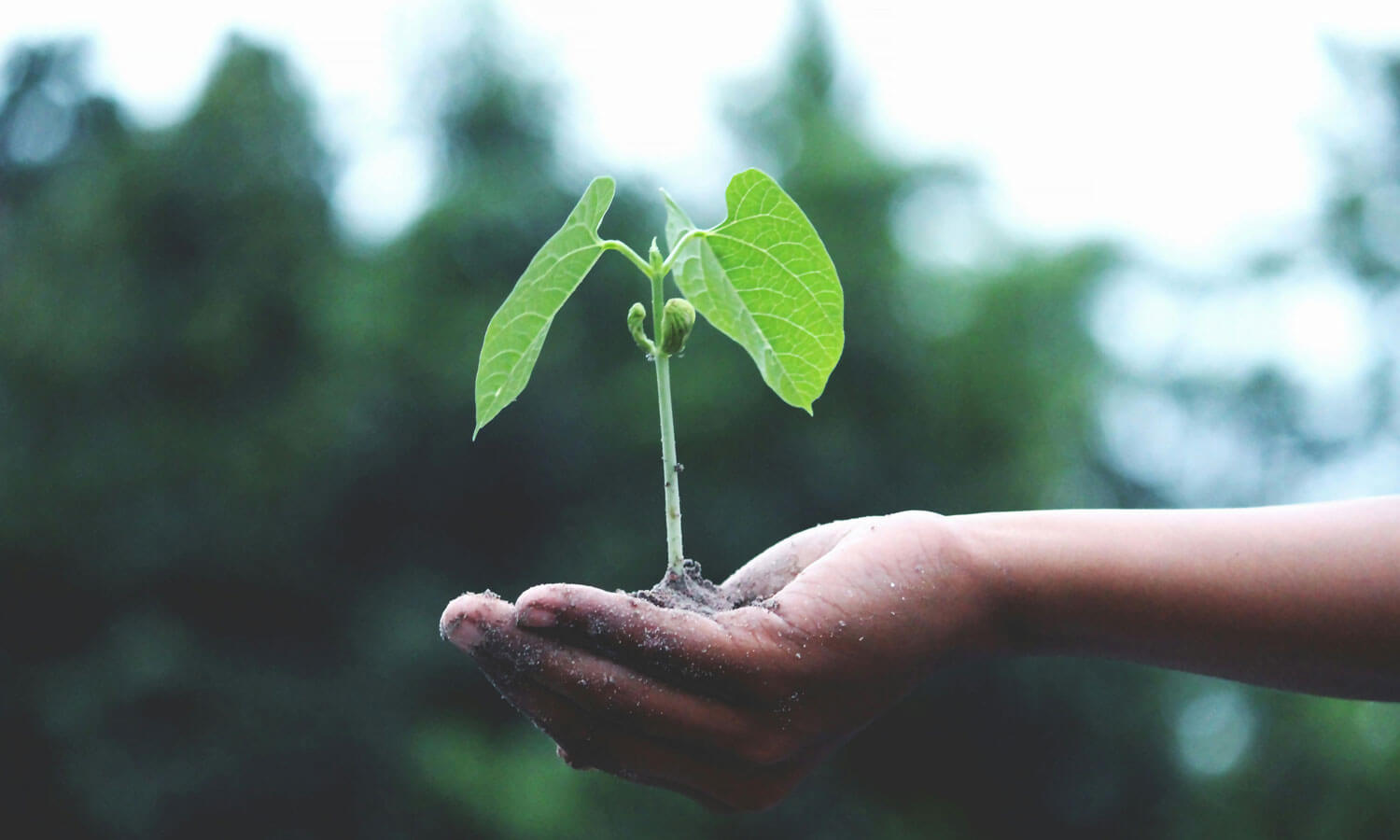Clean with cheaper, greener cleaning products
I’m a die-hard fan of Tru Earth laundry strips, which are detergent without the liquid and the bulky plastic bottle. They’re really easy to use—just tear off a strip and toss it into the washing machine as it fills up. Tru Earth sells three package sizes. I order the mega-pack of 384 strips ($149, which works out to $0.39 per load before sales tax), and I split it with friends. I like the fragrance-free option, but you can also choose “Fresh Linen” and “Lilac Breeze” scents. The strips are free of parabens, phosphates, dyes and bleach, and they’re hypoallergenic and vegan. Plus, Tru Earth is a Canadian company, and it also makes eco-friendly fabric softener, dishwasher tabs and more.
—Jaclyn Law, managing editor
Eliminate paper towels
Swedish dishcloths are great for wiping kitchen counters or tables. Made from cellulose and cotton, they’re anti-bacterial, super-absorbent and fast-drying, and they last for months—vendors claim they replace 15 to 17 rolls of paper towels. They’re also machine-washable (dishwasher or washing machine), and they come in loads of fun, colourful designs. And when you’re done with them, they’re compostable and biodegradable. Swedish dishcloths cost about $3 to $8 each, and they’re widely available from retailers like Canadian Tire, iQ Living and Nellie’s Canada. They make great gifts, too!
—J.L.
Dry laundry the old-fashioned way
I like to hang clothes and towels until they’re almost dry, then give them a five-minute tumble in the dryer at low heat for softness. Since we moved last summer, we no longer have a clothesline or even a good place to hang one. We may have to just get a drying rack we can put on the deck.
—Michael McCullough, acting editor
Cut dishwasher tabs in half
We chop our dishwasher tabs in half. A full tab leaves a soapy residue that can result in mould buildup over time. It’s not necessary to use the whole tab unless you have hard water (water with a high mineral content). An appliance repairman recommended this.
—M.M.
Downsize your living space
My environmental footprint shrank dramatically when I downsized. My 750-square-foot bungalow requires way less energy to heat and cool than my old three-storey townhouse. On winter nights I crank down the thermostat and use an electric blanket to keep warm.
—Stephanie Griffiths, CFA, consulting editor
Invest in energy-efficient heating
Our big green investment since moving was converting from an old oil furnace to a heat pump, along with improving the ductwork, windows, etc. We also installed an efficient wood-burning fireplace insert to provide heat during power outages.
—M.M.
Bundle up and turn down the heat
I’ve decided to make use of the cozy gifts from the holidays. Things like slippers, reading socks, weighted blankets and oversized hoodies always felt like a waste of money and definitely not things I would buy for myself. But in working from home, I’ve decided to make use of them. Other than being super comfy, I’ve noticed that my thermostat is three to four degrees lower than it was before. When added up, I discovered that it saves me almost $75 a month.
—Lisa Hannam, editor-in-chief
Reduce your fuel and energy consumption
Both our family vehicles are Toyota hybrids, which is as much a gas-expense-saving strategy as an environmental or status gesture. When driving in ECO Mode, you can further improve gas mileage. Inside our home, we use appliances during periods when electricity costs less and run things like dishwashers or washing machines on eco-mode to save water and energy.
—Jonathan Chevreau, investing editor-at-large
Become an amateur trash collector
We live by the lake and walk along it every day, appreciating the beauty of the trees and water. We take the time to pick up other people’s garbage, mostly plastic water bottles and cardboard coffee cups, which are eyesores, especially the bright red Timmie’s cups and green Starbucks cups. This is not a great hardship as garbage cans are regularly distributed along the way, making us wonder why so many people litter when it’s a 10-foot walk to a nearby bin. We operate on the broken window theory: if a window broken deliberately is not fixed ASAP, vandalism soon spreads. Same with litter: if there are more than two or three bits of garbage, people seem to feel less compunction about adding to the litter.
—J.C.
Enjoy eco-friendly homemade bottled water
I find the little things you do can multiply over time and pay big dividends. Kind of like saving or paying down debt, a little bit at a time. We use a sparkling water maker at home with reusable bottles. It saves money, it produces less waste and it is much healthier than soda or juice. Since it is something we can use every day, it makes a big cumulative impact on our environmental footprint. It is amazing how bottled water has become such a big market, especially in a country where our tap water is pretty good. A filtration system and water flavour drops can make your tap water taste great.
—Jason Heath, CFP, columnist and consulting editor
Eat less meat
For me, vegetarianism is a personal preference rather than an eco-strategy. Yet studies show avoiding meat and dairy is the single most effective way to reduce your environmental footprint. Side effects may include improved health, reduced cruelty to animals and lower grocery bills. What’s good for the planet is good for me, too.
—S.G.
Read more about saving money in Canada:
